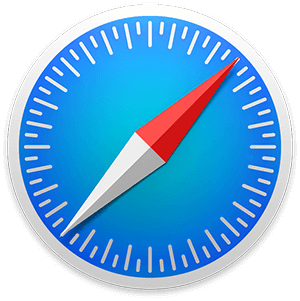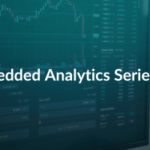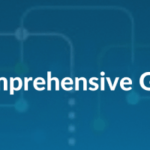“I believe that the data will set you free. At the end of the day, it’s about how you turn those pieces of information into insights that will improve business.” – Steven Rice, Executive VP, Human Resources, Juniper Networks.
Of all the resources, the most difficult to quantify has been people. HR managers have had many tools at their disposal to do assessments. Work-studies, peer reviews, 360-degree feedback; yet they have not always been adequate. They seek patterns that will help them forecast human resource needs, trends, average productivity that will help them make better decisions for the business with regards to human resources. Company heads and not the HR department seek answers about causes for better performance of the sales team in one area over the other, which kind of training and learning impacts the staff most productively and when do new recruits start becoming productive for the business? The old tools are not working any more. A reinvention is due and is underway.
Human resource data when processed through HR analytics systems is throwing up insights that can be leveraged upon very effectively. HR analytics is helping break down logically ‘messy, organic’ people related data into useable, manageable blocks.
Google, the behemoth of systems, people and code, strongly believes, “All people decisions in Google are based on data and analytics”. If HR data is handled with rigor then it will enable good decisions as one has come to expect in engineering processes.
The first step is to capture the data as accurately as possible from every possible source. Feedback forms about a training program are as important as those about a new innovation or process. This data can be captured using automated surveys and then easily collated into dashboards for assessments.
Data analytics can help identify characteristics that employees seek in leaders. Employees have certain specific qualities that they seek in mentors and leaders. Some of them could be subject matter expertise, one on one mentoring, support and opportunities provided to grow among others. Leaders exhibiting such qualities prove to be the lifeline of an organization rather than flamboyance and talk. Data analytics helps look beyond the veneer of personality and outputs information about people who have these qualities.
Companies can use analytics to calculate the rate of retirement, number and quality of recruits required and how to source them. This allows for a pre-emptive plan rather than to be at the other end of human resources catastrophe.
More often than not human resource data alone does not provide valuable insights. Data from two or more streams can be co-related and assessed to bring out rich insights. The synthesizing of information is true for HR analytics as it is for other fields. HR can use data from training feedback, sales and finance to arrive at powerful programs that will help the employees better rather than just go through the motions. Poor performers can be helped or weeded out, attrition forecasts as well as better retention mechanisms can be put in place using HR analytics and synthesis of data.
And yet sometimes too much data can be overwhelming rather than informative. It is important therefore while using HR analytics that companies must ensure that relevant data is used. Valid criteria must be used to filter the data so that data quality is high. The information gathered from the data still needs to be presented in the form of a compelling story to enable change. The insights must be weaved such that it calls for action, otherwise they stay simply as insights.
Human resource department can move from a supportive role that simply hires and fires to a more proactive and productive role by reducing workforce costs, identifying revenue streams, mitigating risks and executing business strategy.
According to PwC’s report on Trend in Workforce Analytics the key deliverables that CEOs and top management are seeking are:
Capturing return on workforce investment: this impacts financial forecasts, headcount management and pipeline management.
Curtailing high-potential and high-performer turnover: this helps understand employee engagement and therefore steps to undertake the same need to be implemented in strategic planning and analysis.
Improving new-hire quality: by assessing HR analytics of existing employees, companies can use correct criteria for different types of new hires. New hires could be for pivotal roles, entry level roles or high-turnover, high volume roles.
Enhancing the strategic role of HR: human resources are increasingly asked to move from transactional to transformative. HR needs to assess dashboards and templates on a weekly if not daily basis to assess their assets. This is not unlike tracking of stocks.
The bridge between HR and business strategy is no longer an esoteric exercise, it is fundamental to the stability and growth of the business. HR data analytics is a reliable tool to unlock the intrinsic value of the workforce. It helps unleash hidden potential by helping companies align workforce management with business objectives. This will lead to a competitive advantage hitherto unknown.















